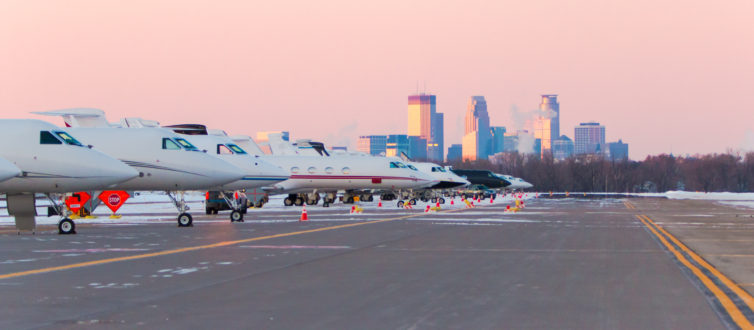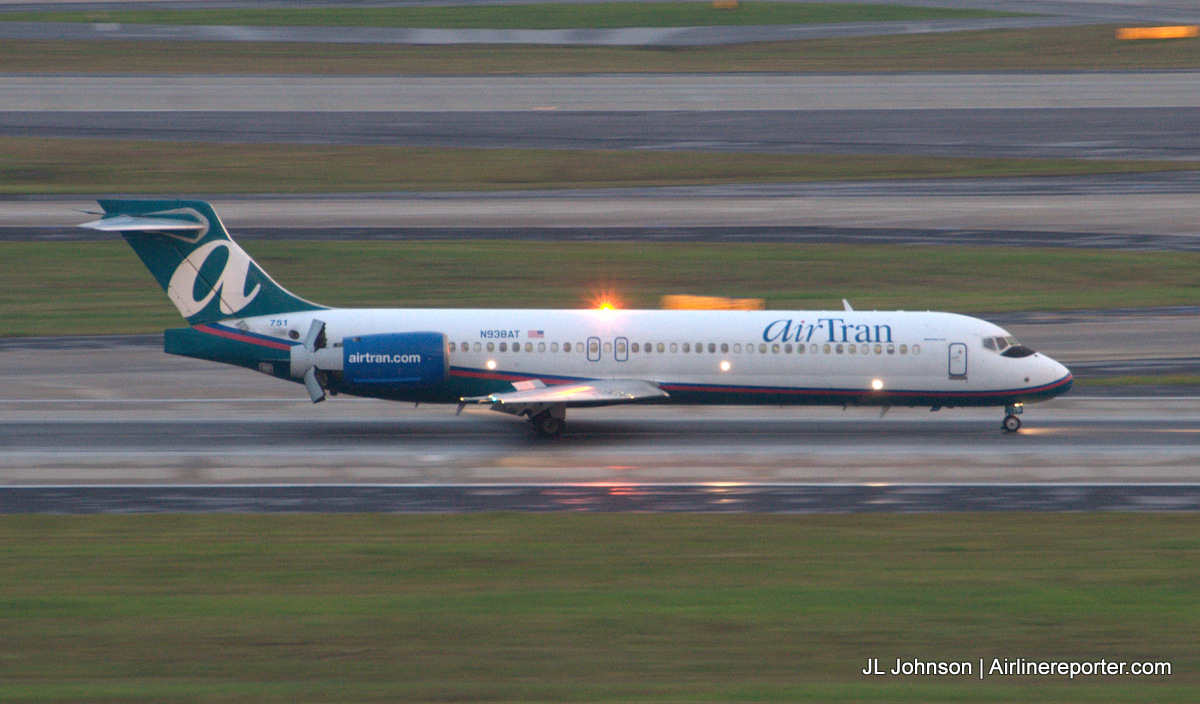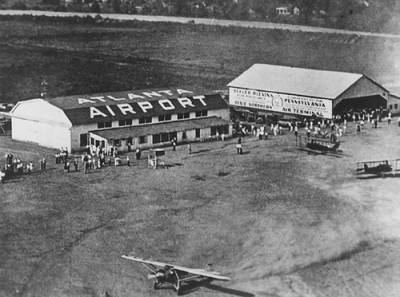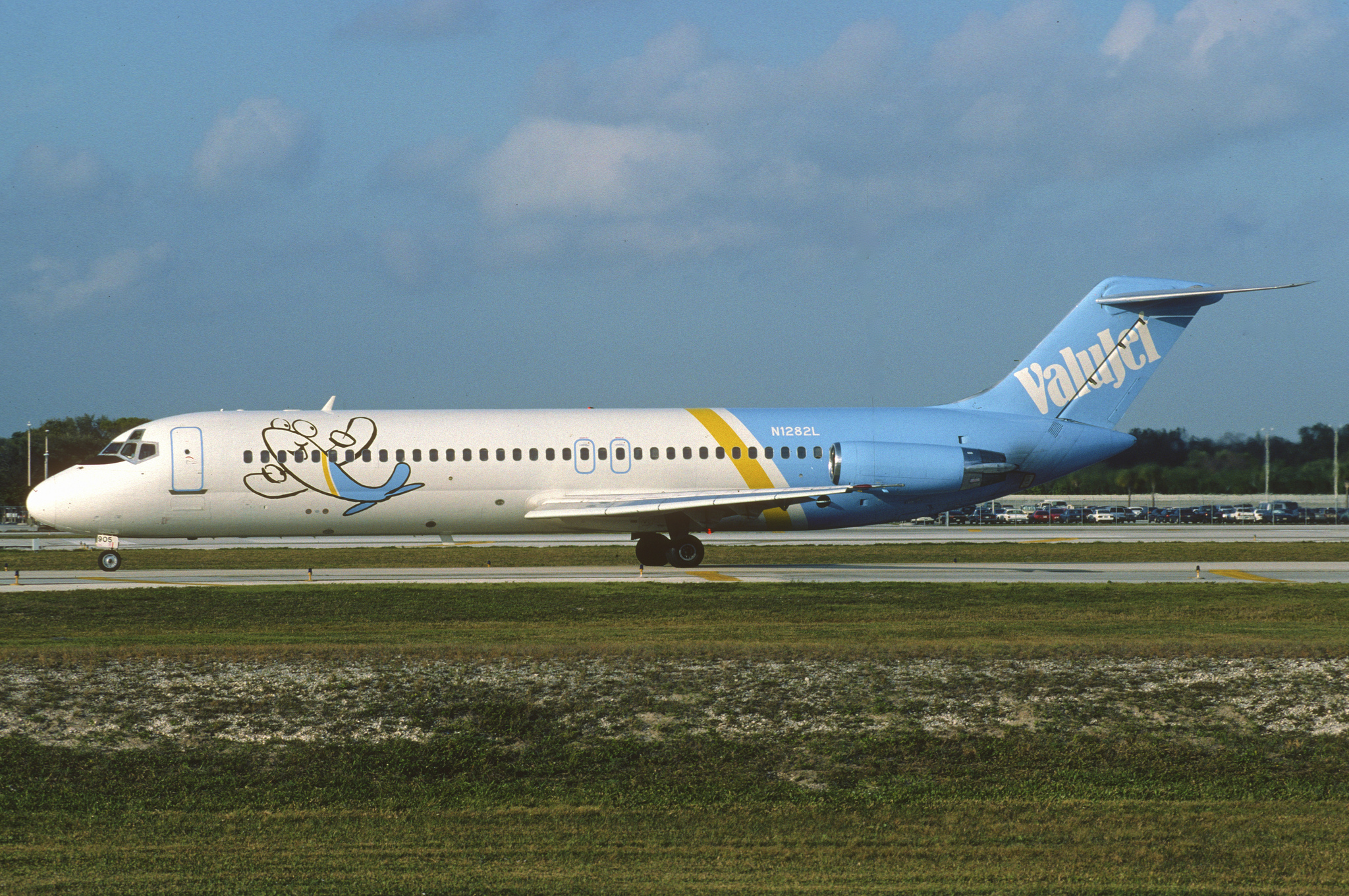
Private jets lined up at MSP, downtown Minneapolis in the distance – Photo: Max Haynes | Metropolitan Airports Commission
For those of you wondering why is there a Super Bowl post on an aviation website; just imagine teams, fans, and corporate fat cats taking the train or bus to the big game. Not likely, right?
When the NFL playoffs started, this native Minnesotan booked a ticket from Seattle to my hometown of Minneapolis in hopes of watching my Minnesota Vikings play in the big game. While the eventual Super Bowl champ Philadelphia Eagles crushed that dream in the NFC Championship game, the scene in the Twin Cities of Minneapolis and St. Paul showed off a Super Bowl of aviation.
If you’re curious why the Super Bowl was played in a city where the game time high was 6 degrees, the NFL told Minnesotans “if you want to keep the Vikings, pitch in for a $1 billion indoor stadium and we’ll give you the big game.”
A quick look at Minneapolis St. Paul International Airport (MSP) and smaller feeder airports shows that a whole lot of big-buck fans travel in style.
MSP can handle 275 private planes, so much of the action was at the St. Paul Airport (Holman Field) where private jets were lined up all over the airfield. Two other reliever airports in the metro area also had brisk business
Consider in 1967, Super Bowl 1 did not even sell out the Los Angeles Coliseum. For the 2018 game, Minnesota’s Metropolitan Airports Commission estimated 1,000 private jets made the trip to the North Star state. (My jet was in the shop, so I flew commercial…)

An AirTran Boeing 717 lands in Atlanta
On December 28, 2014, AirTran flight 1 departed Atlanta for Tampa, retracing the airline’s first flight and bringing an end to its remarkable history. I had the honor of being on that last flight and I am excited to share my story. But before I discuss the end of “the big little a” I’d like to first revisit the airline’s history. Because only through knowledge of the airline’s legacy can we truly understand the significance of AirTran’s retirement and integration into Southwest Airlines. So sit back, relax, and enjoy.
ValuJet: Fun and friendly’¦ And perhaps a bit dangerous.
AirTran traces its roots back to ValuJet, an Atlanta-based upstart with dreams of chipping away at Delta’s dominance right in its own backyard. Operations commenced with just a single DC-9, and its first flight was from Atlanta to Tampa on October 26, 1993. In just over a year the airline was solidly profitable and its route map had grown to 17 cities. But fast growth and aggressive cost-cutting practices quickly caught up to the Critter (ValuJet’s FAA call sign.) In the first few years of operation, the small airline had a markedly-high percentage of emergency landings, compared to its peers. In addition, an FAA study indicated that ValuJet dominated the accident data for low-cost carriers.
On May 11, 1996, ValuJet flight 592 went down en-route from Miami to Atlanta; all 110 on board were lost. This tragic, high-profile accident would focus attention on the airline, its maintenance practices, and ultimately lead to its grounding. After a month of investigations by the FAA, which reveled “serious deficiencies in its operation” ValuJet would voluntarily halt operations. But this wasn’t the end for the fledgling airline that had lost its way. Instead, it was just the beginning.

An aerial photo of Atlanta International Airport in the 1930s.
On this date in 1930, Delta Air Lines started service with a Travel Air S-6000-B with five passengers to Atlanta International Airport (ATL) from Birmingham, Alabama. At the time, the ticket would only cost your $9.80 (which is about $150 in today’s dollars). Delta moved their headquarters to Atlanta in 1941 and has been there since. During their time in Atlanta, they have met a lot of milestones:
* Early pioneer of the hub-and-spoke air traffic system, starting in Atlanta.
* First jet service in Atlanta (to New York on September 18, 1959).* First service to Europe from Atlanta in 1964, in interchange operations with Pan Am. (Pan Am crews flew the international segments).
* First nonstop service from Atlanta to California (1961).
* First nonstop trans-Atlantic service from Atlanta (to London-Gatwick in April 1978).
* First airline in the world to board one million passengers in one city in one month (in Atlanta in August 1979).
* First airline to board 2 million passengers in one city in one month (in Atlanta in 1997).
* First commercial flight to land on the new fifth runway at Hartsfield-Jackson Atlanta International Airport, hailed as ’œThe Most Important Runway in America’ when it opened (May 27, 2006).
Spending 80 years flying passengers around the world from Atlanta is pretty impressive. When flying into Atlanta, it is quite obvious the impact that Delta has there. Cheers to another 80+ years of Delta flying out of Atlanta!
Interesting Stuff:
* Photo of the “Fly Delta Jets” sign I took last time I was in Atlanta
* Review of Delta flight from ATL to SEA
* Additional Travel Air photos
* Photos of ATL through the years
Source: Delta Air Lines Blog Image: ATL airport Flickr



